Category

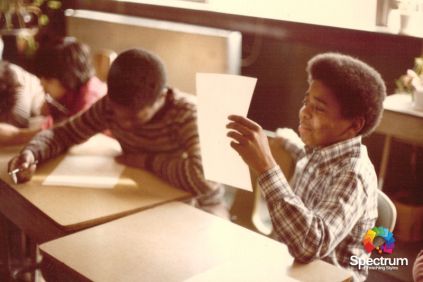
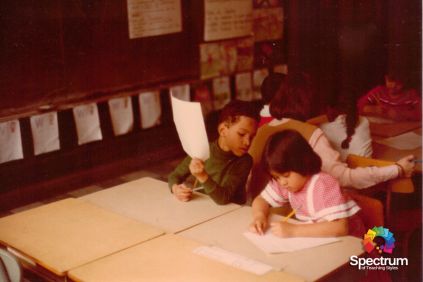
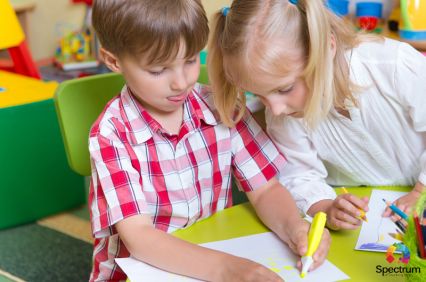
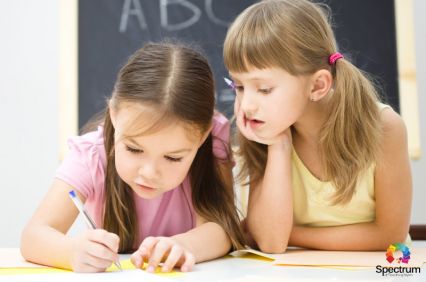
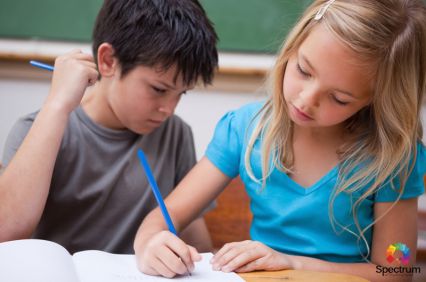


The defining characteristics of the Reciprocal Style are social interaction while learning to give content feedback to a partner. This style’s focus is social reciprocation while learning to make five decisions that are inherent when giving and receiving feedback. Observers offer their partner content feedback using teacher prepared specific criteria. The teacher circulates and observes the partnerships for appropriate use of the criteria information and supportive verbal feedback interactions.
Category








In the Reciprocal Style, the teacher’s role (T) is to make all subject matter, criteria, and logistical decisions (pre-impact decisions) and to observe and provide private feedback (post-impact) statements to the observer about his/her role. The learner’s (L) role is to work in a partnership relationship. One learner is the doer (Ld) who performs the task, making the nine decisions of the Practice Style (impact decisions), while the other learner—the observer (Lo)—makes the five decisions that are shifted in this style to offer immediate and on-going feedback to the doer about the task’s correctness (post-impact), while using a criteria sheet designed by the teacher. At the end of the first practice, the doer and the observer switch roles. Doer 1 becomes observer 2, and observer 1 becomes doer 2 —hence the name for this landmark behavior—The Reciprocal Style.

*The arrow represents the categorical shift in decision from the Practice Style-B to the Reciprocal Style-C.
When the Reciprocal Style is achieved, the following subject matter objectives are reached:*
When the Reciprocal Style is achieved, the following behavioral objectives are reached:*
*Not all subject matter and behavior objectives are the focal point in every teaching episode. The task determines which objectives are the primary focus of the learning experience and which are supporting objectives.